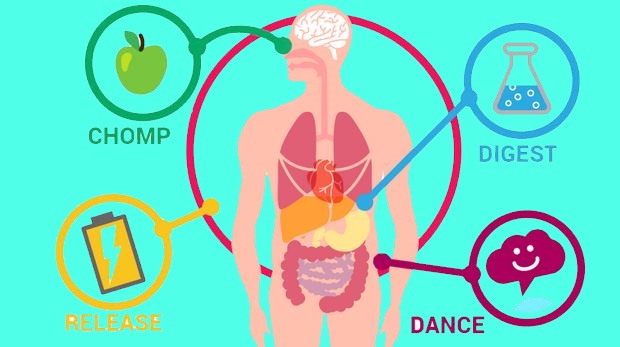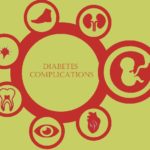An estimated 50 million Americans go on a diet each year and about 5 percent manage to keep the weight, according to the Colorado State University Extension (extension of State University of Colorado). People often choose to join a weight loss program because they offer an alternative way to lose weight quickly. In a report to the Federal Trade Commission (Federal Trade Commission), Dr. George L. Blackburn’s writes that many weight loss programs promise immediate success without encouraging customers to reduce caloric intake or increasing physical activity.
Heart disease risk
Each diet modestly reduced body weight and several risk factors for heart disease. In 2005, the “Journal of the American Medical Association” (Journal of the American Medical Association) published a study that compared the risk of heart disease of people in different popular commercial weight loss programs. The researchers enrolled 160 participants with known risks for cardiovascular disease and assigned them to adhere to one of four weight loss programs for two months. After one year, researchers concluded that each diet modestly reduced body weight and several risk factors for heart disease. Adherence to the diet, however, was low. Those who were able to follow their diet experienced a reduction in the risk of possible symptoms of heart disease.
Advertising
False statements, exaggerated promises of performance and even lies.The weight loss programs attract clients with false statements, exaggerated promises of performance and even lies. From a sample of 300 ads, the FTC report found that 65 percent use customer testimonials, such as “I lost 46 pounds (21 kg) in 30 days!” Forty-two percent of them had the before and after. The average amount of weight loss in 195 advertising accounts was 70 lbs (32 kg), an amount that is not feasible in the case of the products they are promoting. Some ads insinuated that customers could lose 8 to 10 pounds (3 kg to 63 kg 4.54) per week.
Cost of food
Dietary plans are not cheap. In 2005, the magazine “Forbes” compared the cost of a weekly menu 10 popular diets. The average price for buying food plans such as Jenny Craig, NutriSystem, Ornish, Slim Fast and more, was $ 85.79. The average American spends $ 54.44 a week on food. Considering the fact that most people get 2/3 of the weight lost in the first year and up over 100 percent of their lost weight within five years, according to a different FTC report 1997, that money can be much better spent on other things.
Earnings
66 percent of Americans are trying to lose weight.The Centers for Disease Control and Prevention (Centers for Disease Control and prevention of disease) report that more than 66 percent of Americans are trying to lose weight or maintain your current weight. The weight loss programs are taking advantage of the epidemic of fat in this country. In 2000, eight of the largest chains of weight loss earned US $ 788 million. From 1996 to 1998, the CDC surveyed adults in the United States and found that 17.2 million were using products for weight loss without prescription.
We do research and bring relvant data for you. You are free to use it without any obligations on us.
Refrences:
- New Year’s Resolution: Don’t Buy into Diet Ads
- Journal of the American Medical Association: comparing Atkins, Ornish, Weight Watchers, and Zone Diets for weight loss and reduced heart disease
- Colorado State Extension: Weight Loss Products and Programs (extension of Colorado State University: weight loss products and programs)
- Forbes: Costly Calories (Forbes: expensive calories)
- Commercial Weight Loss Products and Programs: What Consumers Stand to Gain and Lose (commercial products for weight loss: what consumers can gain and lose)
- Atlanta Business Chronicle: Fat is a $ 34 Billion Business (Atlanta Business Chronicle: fat is a business $ 34 billion US)
- Federal Trade Commission: Weight-Loss Advertising: An Analysis of Current Trends
- Deception in Weight-Loss Advertising Workshop: Seizing Opportunities and Building Partnerships to Stop Weight-Loss Fraud
- What’s a Healthy Weight Loss Plan?
 NL
NL FR
FR DE
DE EN
EN










